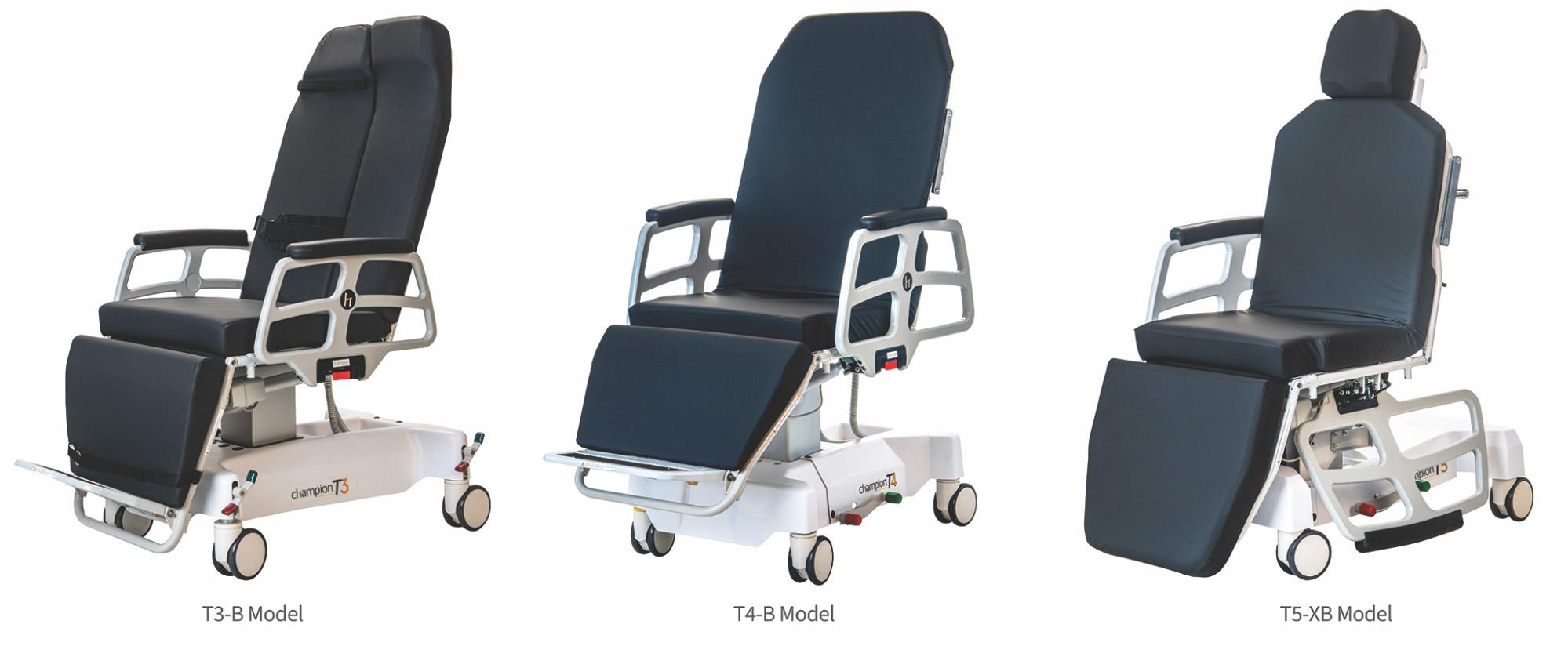
A Chief Surgical Officer (CSO) has a lot to think about—all the time. Patient safety and positive health outcomes are always top of mind.
CSOs and their hardworking staff diligently strive to prevent surgical complications, knowing that post-surgical infections, complications, and errors can lead to poor patient outcomes. Ensuring that best practices are followed across teams remains a continuous focus as surgeons and healthcare professionals work to maintain excellence—consistently achieving high surgical success rates, minimizing errors, and preventing medical malpractice suits.
However, healthcare professionals are not immune to errors. A surgical incision might be slightly off, or a prescribed medication could trigger an unexpected reaction. Despite their expertise, even the most skilled surgeons encounter cases where procedures do not go as planned.
Because medical professionals are human, mistakes are inevitable. However, in healthcare, even a minor misstep can have serious, long-term consequences for patients.
Major errors can lead to costly lawsuits, putting physicians and other practitioners at risk. In some cases, a single mistake may even jeopardize a doctor’s ability to continue practicing medicine.
Sign up to get the latest industry news and offers right in your inbox
This blog addresses the need for malpractice insurance and suggests ways to limit risk and promote safety.
The High Cost of Malpractice and Malpractice Insurance
To safeguard their careers, businesses, and families from legal claims, healthcare providers rely on Medical Malpractice Insurance. This coverage is essential, as practicing medicine in the United States without it is not permitted.
On average, medical malpractice insurance costs $7,500 per year, but the cost varies significantly based on factors such as medical specialty, geographic location, and individual practice history.
For surgeons, annual premiums can range from $4,000 to $12,000, with some paying as much as $50,000 in certain states. Obstetricians and gynecologists (OB/GYNs) may face even higher premiums, exceeding $200,000 annually in high-risk areas.

Geographic location plays a crucial role in determining premiums. For instance, OB/GYNs in Miami-Dade County, Florida, pay premiums as high as $226,224 per year. States like New York, Rhode Island, Pennsylvania, and New Jersey are among the most expensive for malpractice coverage, while North Dakota is among the least expensive.
Regarding significant medical malpractice lawsuits, there have been notable cases with substantial verdicts. In 2024, a jury awarded over $412 million to a man in Albuquerque, New Mexico, after he received misdiagnosed and unnecessary erectile dysfunction injections, causing irreversible damage. The damages total the largest amount ever awarded by a jury in a medical malpractice case in the U.S.
In 2022, a federal jury in Minnesota awarded a former college student over $111 million for catastrophic damage to his left leg resulting from surgical errors at a medical center.
Practical Ways to Help Minimize Patient Risk
These cases underscore the critical importance of adequate malpractice insurance coverage for healthcare providers to protect against potential high-cost litigation.
While no physician can completely avoid allegations, certain steps can reduce the risk, particularly regarding diagnostic delays, treatment complications, and communication issues.
Thorough patient discussions both before and after procedures are a must for surgeons to carefully explain the benefits and risks, ensuring patients understand when to seek medical attention post-procedure. Using interpreters when necessary and encouraging questions from patients and their families can improve understanding and consent quality.

Additionally, hospitals and ambulatory surgery centers (ASCs) should provide on-call contact information and follow up with patients after procedures. In the clinic, listening attentively to patient symptoms and reviewing past medical records can help prevent diagnostic errors.
Encouraging follow-up visits allows for ongoing evaluation, treatment adjustments, and test reviews. Electronic health records (EHRs) further enhance communication by enabling direct patient-provider messaging between visits.
How to Protect Providers as Well as Patients
Malpractice insurance is necessary, and so is worker’s compensation. The workplace injury rate for healthcare workers is twice the rate for all industries. Most of these injuries are musculoskeletal disorders (MSDs) that emerge from frequent intense movements.
That’s all too common among nurses, techs, and clinical caregivers. Lifting, lowering, and turning patients puts strain on the back and legs. As healthcare workers may do those tasks hundreds of times per day, they’re at a high risk of MSDs—some of which can be quite debilitating.
In one study, patient transfers and lifts contributed to one-third of all MSDs among the staff. Patients themselves may get injured as well. There is a greater risk of slips and falls while moving patients from the bed to the stretcher, the bathtub to the bed, and so forth.
To solve this problem, some companies are engineering medical furniture to serve as chairs, stretchers, and beds—all in one. For example, the T4 Procedure Chair pulls triple duty as a procedure chair, stretcher, and wheelchair. These innovative designs allow caregivers to seamlessly move patients from operating areas to recovery rooms.
Read More: “How to Minimize Injuries During Patient Lifts and Transfers”
Innovative Seating Solutions to Common Transport Problems
Medical facilities may carry risks for both patients and staff, from Healthcare-Associated Infections (HAIs) to high-powered equipment. However, one less obvious risk factor emerges from moving patients around the facility.
Especially for inpatient and emergency care, staff must transfer patients from stretcher to chair to bed—and back again. That’s a lot of strain for everyone involved. And each new piece of furniture or equipment could pose a barrier to efficiency and comfort.
The solution is a combination of more accessible facility design, ergonomic furniture, and innovative patient seating.

Optimize Space and Surgical Team Efficiency With Champion Healthcare Solutions
When it comes to patient seating problems, turn to Champion Healthcare Solutions.
Modular design allows a healthcare space to adapt to surgery’s specific tasks and procedures. Efficiency increases as gaps in the flow close sooner and with less friction. This can lead to faster turnover times, which can increase the number of surgeries that can be performed in a day.
As modular design typically entails flexible layouts and furniture, less space is wasted on static storage. This minimizes hurdles and routine tasks that could interrupt a time-sensitive surgical flow.
Read More: “The Impact of Modular Design on Surgical Flows”
Champion’s T5 enables medical facilities to streamline the treatment process and surgical flow by replacing multiple pieces of equipment with a single device. This innovative procedure chair helps minimize risk, maximize space, and enhance productivity.
Our modern procedure chairs are designed for easy maneuverability and mobility. They’re lightweight, with swivel casters that allow for easy turning and movement. This is vital when every second counts. And even for elective or non-emergent procedures, greater efficiency frees up time and resources to prioritize patient care.
Championʼs T-Series procedure chairs provide an all-in-one solution, reducing staff time spent on equipment and room turnover. Therefore, seating capacity is expanded in waiting areas, as each patient only occupies a single piece of furniture instead of moving between multiple seats and beds.

These innovative procedure chairs can adapt to multiple configurations. They can be raised, lowered, or rotated to suit the patient’s height, mobility level, or medical procedure.
Learn which chair is best for your clinical application, then request a quote for your facility.
